“Come see my newest succulent.” My friend greeted me at the door. She is always trying to grow something new, so I wasn’t surprised to be invited (yet again) to study a plant.
I followed her to the sunroom and looked where she pointed.
“Oh my!” I exclaimed. “That is something, isn’t it? What’s it called?”
“It’s a starfish snake plant. I should start a seascape garden. What do you think?”
“It certainly fits its name.” I leaned in closely. The cylindrical leaves in variations of light green, poked upright, emerging alternately from a central point at the plant’s base. “The fan shaped leaves do make it look like a starfish.”
“Not only that, but it makes a good air purifier, and apparently, it’s good for anxiety.”
“Really!” I remarked. “What a great find.”
Description
This plant does rather look like a starfish (hence the name). The fan-shaped foliage shoots thick, cylindrical, silvery-green foliage with dark green circles from a singular base. The sansevieria ‘Boncel’ (starfish snake plant), is generally a compact, small-sized succulent that suits indoor potted or succulent gardens.
Symbolism
Although native to Angola, the starfish snake plant is a highly revered houseplant in China. The plant is believed to embody the virtues of the eight gods: loyalty, filial piety, benevolence, love, honesty, justice, harmony, and peace.
The plant’s meaning is associated with good luck. It brings positivity to its surroundings, primarily due to its ability to purify the air and boost the room’s oxygen level, thus enhancing sleep. The plant is a natural shield against bad energy, and if placed in south or east corners, it can benefit the feng shui of its immediate growing space.
Natural Habitat
The starfish snake plant is a tropical succulent, so it stands to reason that its natural habitat would be in a hot, humid part of the world. It’s one of 70 species of evergreen succulents native to Africa, Madagascar, and Southern Asia.
Growing Conditions
The starfish snake plant adapts well to indoor temperatures, although it doesn’t do well in cold drafts or when exposed to dry heat from the heating vents. It thrives under most light conditions, though, like any other plant, it wouldn’t do well if placed in a windowless room. If you want a really healthy, thriving starfish snake plant, find a location with lots of light. This rare plant is actually easy to grow.
Propagation
Starfish snake plants are easy to propagate. If you see some young ‘pups’ at the base of the plant, they can be carefully removed and soaked in water to propagate new plants. Be sure to change the water frequently to prevent bacteria from growing. Roots will appear in a few weeks. Wait until the roots are about an inch long, then plant the ‘pups’ in a soil mixture that has good drainage. Water sparingly to keep soil moist but not soggy.
Alternately, choose a healthy leaf. Cut the leaf into a 3- to 4-inch-long piece, and soak the cutting in water. Again, be sure to change the water frequently to prevent bacteria from growing. As above, roots will appear in a few weeks.
You can also divide starfish snake plants. Simply separate the dense clusters at the base by making a clean cut through the rhizome at the much thicker, horizontal root. Plant the divided portions in a soil mixture. Division is perhaps the fastest way to propagate this plant and it will ensure you keep the same variegated coloring of the parent plant.
Pests and Diseases
Like all other plants, the starfish snake plant is prone to pest infestations and diseases. But sometimes it may appear sick, and only be a matter of too much fertilizer or water. If the leaves are turning brown or black, it’s probably a good idea to cut back on how often you fertilize and how strong you make the fertilizer solution.
Too much water can result in fungal diseases or root rot. If the roots are turning brown and mushy, it’s time to repot the plant in fresh, well-drained soil. If you see brown or black spots on the leaves, it has progressed to a fungal disease and may need to be sprayed with an anti-fungal solution.
Curling leaves are a major concern, but the source of the problem may not be clear. Too much watering or poor water quality, pests, or too much sunlight, can lead to root disease and curling leaves. If left untreated, the plant could die.
Repotting is always a good first step. Remove the plant from its current soil and shake off the residual soil from the roots. Soak the roots in a bowl of water for about 10 minutes, and add water as needed during the soaking process. While you wait, thoroughly clean the pot and add fresh, well-drained soil. Then replant the soaked roots in the prepared pot.
A simple solution used to protect many plants is to frequently wipe the starfish snake plant leaves with a damp cloth to remove any dust (it also helps deter pests).
Like any other plant, pests are a concern, especially those nasty spider mites and mealybugs. Although some starfish snake plants are immune to pest infestations, even the healthiest plant may become infested. Some people recommend spraying the plant about once a month with neem oil or insecticidal soap. Keep wiping down the leaves, too.
Culinary and Medicinal Uses
None.
Starfish snake plants are no good for human or animal consumption as the plant is mildly toxic. However, it does have environmental health benefits. There’s something quite magical about the starfish snake plant. It has the ability to purify the air, helping to remove pollutants through the attractive leaves as well as the root system.
It’s the perfect houseplant for a room with limited airflow. And best of all, this “magical” improving of air quality helps alleviate anxiety symptoms. It’s a win-win stress relief and anti-anxiety plant.
Unlike other plants, the starfish snake plant can be grown in a feng shui bedroom. Its low maintenance and air-purifying abilities add a relaxing ambiance to enhance sleep.
Overall, the starfish snake plant is an attractive and useful succulent for your healthy indoor living space.







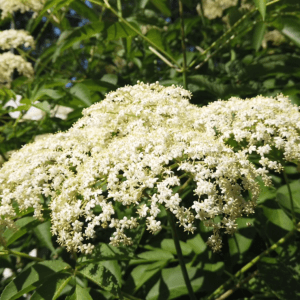





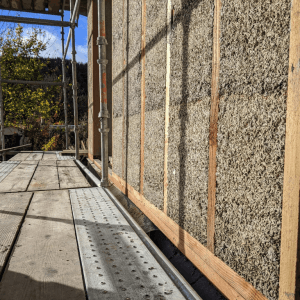




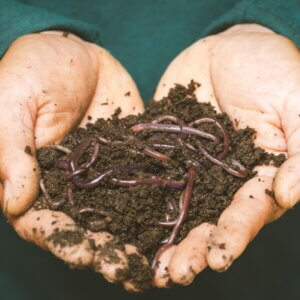







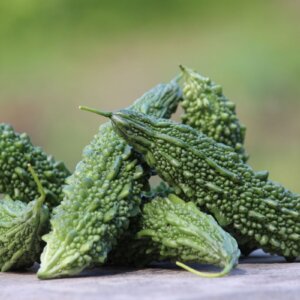


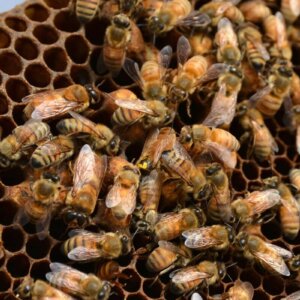


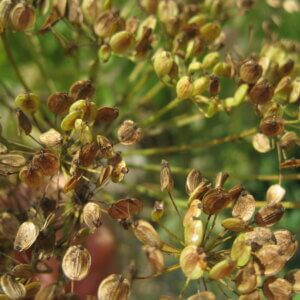



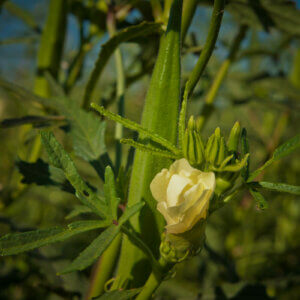

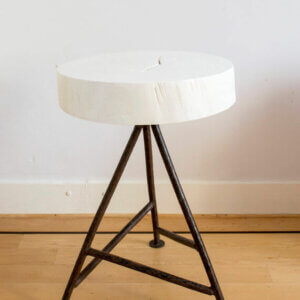



Leave a Reply